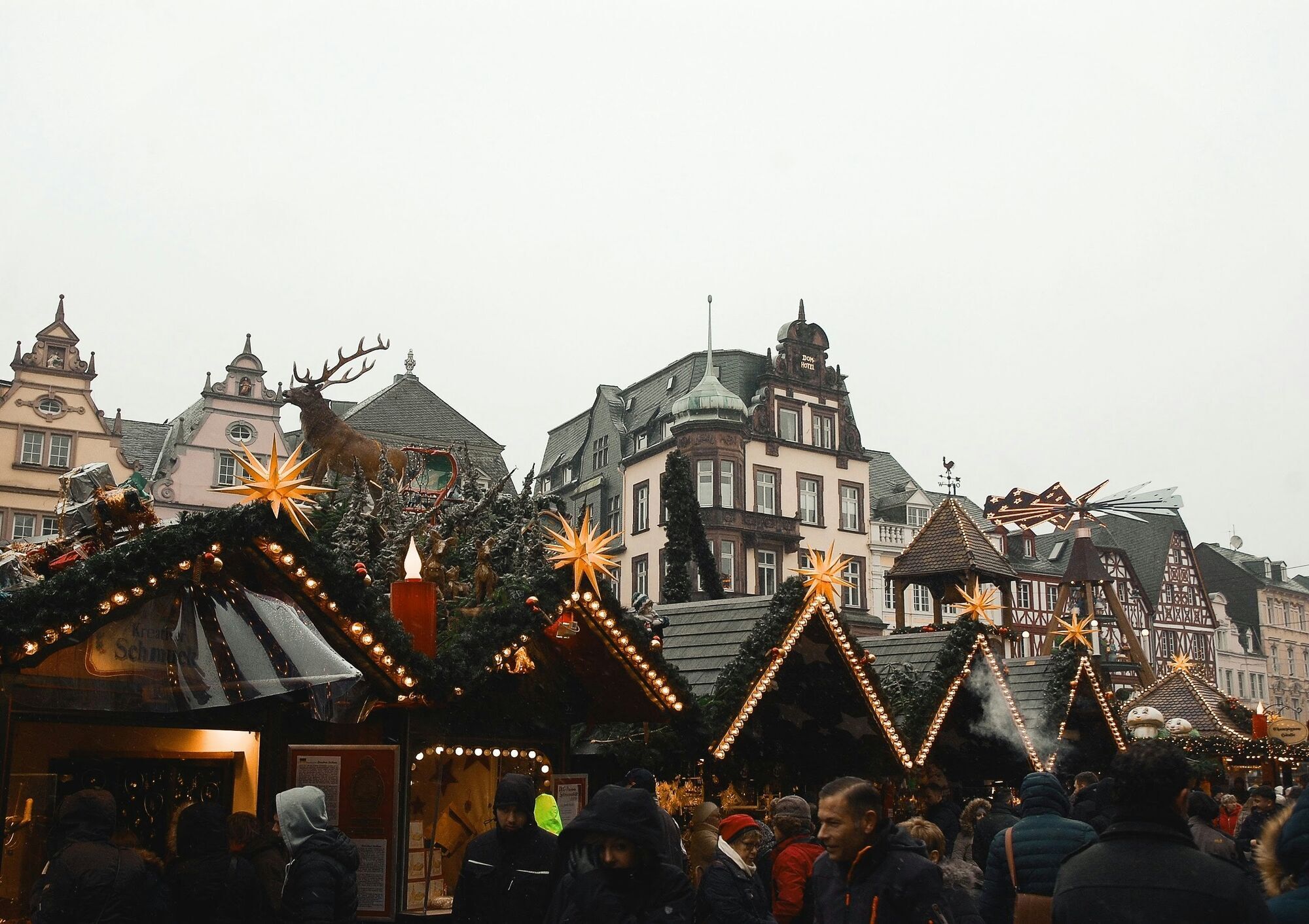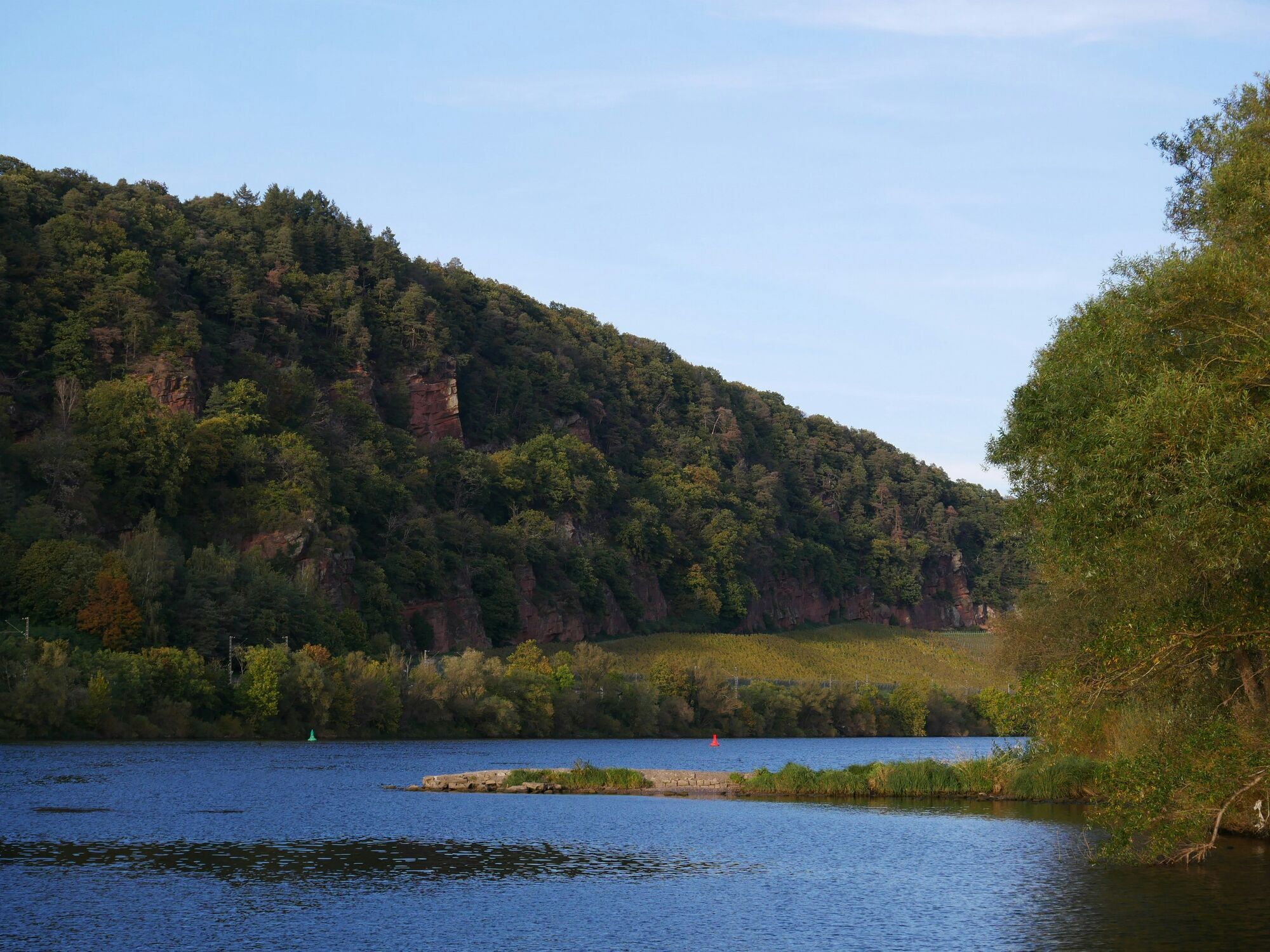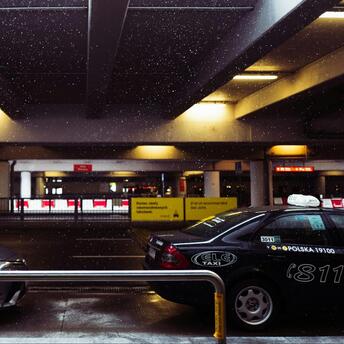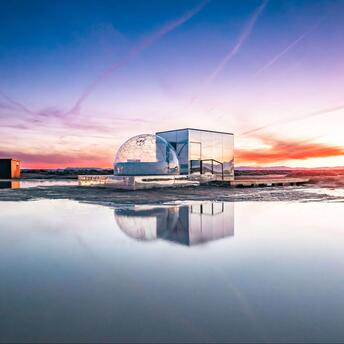Trier, Germany: A Fascinating Alternative to Rome for Ancient History Enthusiasts

When travelers think of ancient Roman history, Rome often stands out as the ultimate destination. However, the German city of Trier offers a compelling alternative for those eager to explore ancient Roman relics without the crowds and chaos of Italy’s capital. Nestled in the picturesque Moselle River valley, Trier is often referred to as "the Rome of the North," and for good reason—it boasts some of the most significant Roman ruins outside of Italy. With its rich history, stunning architecture, and a unique blend of Roman and medieval influences, Trier presents a captivating travel experience. Here’s why you should consider Trier instead of Rome for your next ancient history-inspired journey.
A Roman Legacy in Germany
Trier, founded in 16 BCE by the Roman Emperor Augustus, is Germany’s oldest city and was once a major hub of the Roman Empire. Known as Augusta Treverorum, the city became one of the most important Roman settlements in the region, serving as the capital of the Western Roman Empire during the reign of Emperor Constantine. Trier’s significance as a Roman city is still evident today through its remarkably well-preserved ruins, many of which are UNESCO World Heritage sites.
Unlike Rome, where visitors must often navigate bustling tourist sites to glimpse ancient landmarks, Trier offers a quieter, more relaxed atmosphere, allowing travelers to take in the historical marvels at their own pace. The city’s Roman monuments provide an intimate look into the grandeur of the empire, while the surrounding countryside and vineyards add a distinct charm to the experience.
Porta Nigra: A Gateway to History
The most iconic of Trier’s Roman monuments is the Porta Nigra, a massive city gate that dates back to the second century AD. As one of the best-preserved Roman city gates in the world, Porta Nigra offers visitors an impressive glimpse into the architectural prowess of the Roman Empire. Its towering stone façade, once part of Trier’s city walls, is a striking reminder of the city’s ancient past.
Today, visitors can climb to the top of Porta Nigra for panoramic views of Trier and the surrounding valley. Unlike Rome’s Colosseum or Pantheon, where crowds often dominate the scene, Trier’s Porta Nigra remains a quieter, yet equally awe-inspiring, testament to Roman engineering.
Roman Baths: An Insight into Everyday Life
Trier is home to several ancient Roman baths, offering insight into the daily lives of the city’s Roman inhabitants. The Imperial Baths (Kaiserthermen) are among the largest Roman bath complexes ever built and give visitors a detailed look at the importance of bathing culture in Roman society. The baths were designed not only for hygiene but also as a social gathering place where people could relax, exercise, and conduct business.

Visitors can wander through the subterranean tunnels and expansive courtyards that once housed steam rooms, saunas, and cold-water pools. The ruins provide a fascinating glimpse into the technological sophistication of the Romans, who developed advanced systems for heating and water supply that still impress modern engineers.
Constantine’s Basilica: A Monument to Imperial Power
Another must-see site in Trier is Constantine’s Basilica (Aula Palatina), which dates back to the early 4th century. Built as a throne room for Emperor Constantine, this enormous structure is considered one of the best-preserved examples of Roman palatial architecture. The sheer size of the basilica, with its vast, unadorned interior, reflects the might and authority of the Roman Empire during Constantine’s reign.
Today, the basilica serves as a Protestant church, but its historical significance remains intact. Visitors can marvel at the building’s massive windows, towering walls, and the sheer simplicity of its design—elements that emphasize the grandeur and power of the emperor who once held court within its walls.
The Amphitheater: Gladiator Games in the North
Trier’s Roman Amphitheater adds yet another layer to the city’s historical narrative. Built in the 2nd century AD, the amphitheater could accommodate up to 20,000 spectators and was used for gladiatorial combat, animal hunts, and public spectacles, much like the Colosseum in Rome. Though smaller in scale, Trier’s amphitheater is remarkably well-preserved, and visitors can explore the underground tunnels where gladiators and animals awaited their turn to entertain the crowds.
Unlike the heavily touristed Colosseum, Trier’s amphitheater provides a quieter, more immersive experience. Visitors can walk the arena floor and imagine the grandeur of Roman games, feeling the weight of history in a more intimate setting.
Roman Wine Roots: A Unique Culinary Experience
Trier’s Roman heritage extends beyond architecture and into its culinary traditions, particularly its wine production. The surrounding Moselle region is one of Germany’s most famous wine-growing areas, and it was the Romans who first planted vineyards here over 2,000 years ago. The cool climate and fertile soil of the Moselle Valley make it an ideal location for cultivating Riesling, a variety that has become synonymous with German wine.

Travelers can explore the scenic vineyards and partake in wine tastings at local wineries, experiencing the legacy of Roman viticulture firsthand. The annual Trier Wine Festival celebrates this heritage with tastings, music, and festivities, making it an excellent time to visit for wine lovers.
The Cathedral of Trier: A Blend of Roman and Medieval Architecture
The Cathedral of St. Peter, or Trier Cathedral, is another standout landmark that blends Roman and medieval influences. Built on the foundations of a Roman basilica, the cathedral has been expanded and renovated over the centuries, resulting in a striking mix of architectural styles. Inside, visitors can view ancient relics, including the Holy Robe, believed to be the tunic worn by Jesus during his crucifixion.
The cathedral’s blend of Romanesque, Gothic, and Baroque elements reflects the layers of history that have shaped Trier over millennia, making it a must-see for those interested in the intersection of ancient and medieval architecture.
Why Trier is the Perfect Alternative to Rome
While Rome will always hold a special place as the center of the ancient Roman Empire, Trier offers a quieter, equally fascinating alternative for travelers eager to explore Roman history. Its impressive collection of well-preserved ruins, combined with a more relaxed atmosphere and fewer crowds, makes Trier an ideal destination for those looking to dive into the past without the hustle and bustle of a major capital city.
Moreover, Trier’s location in the scenic Moselle Valley, surrounded by vineyards and rolling hills, adds a natural beauty that complements its historical significance. Whether you’re climbing the ancient steps of Porta Nigra, exploring the Roman baths, or savoring local wines, Trier offers a uniquely immersive journey into the Roman world—one that is often overlooked but richly rewarding.
For history enthusiasts and curious travelers alike, Trier proves that you don’t need to visit Rome to experience the grandeur of the Roman Empire. This charming German city holds the key to a treasure trove of ancient wonders, waiting to be discovered.



















